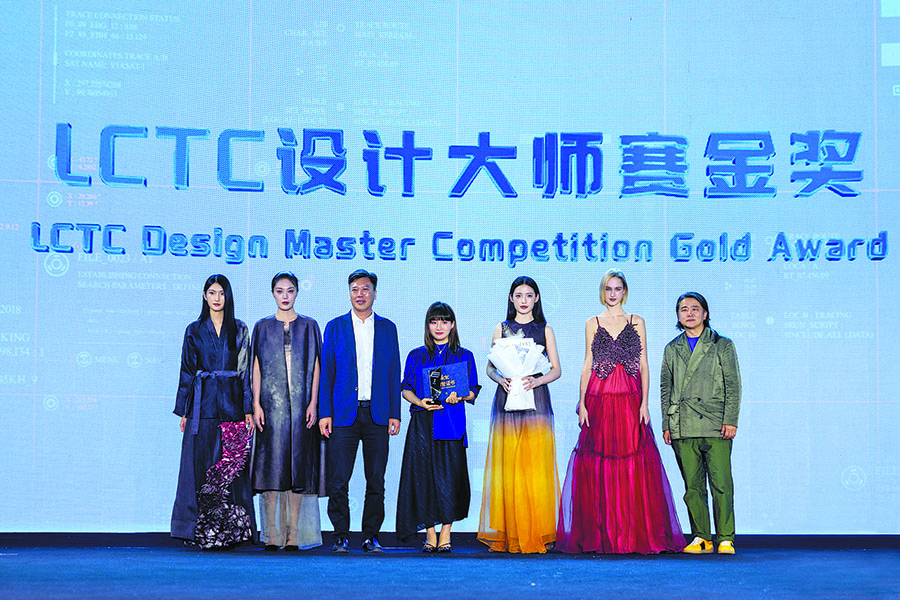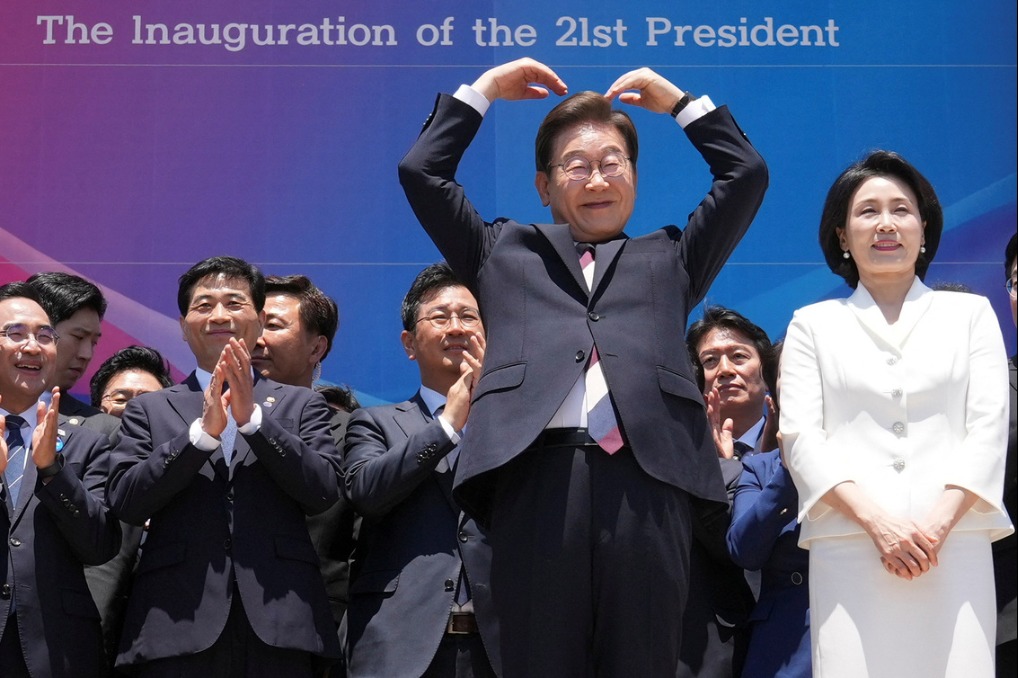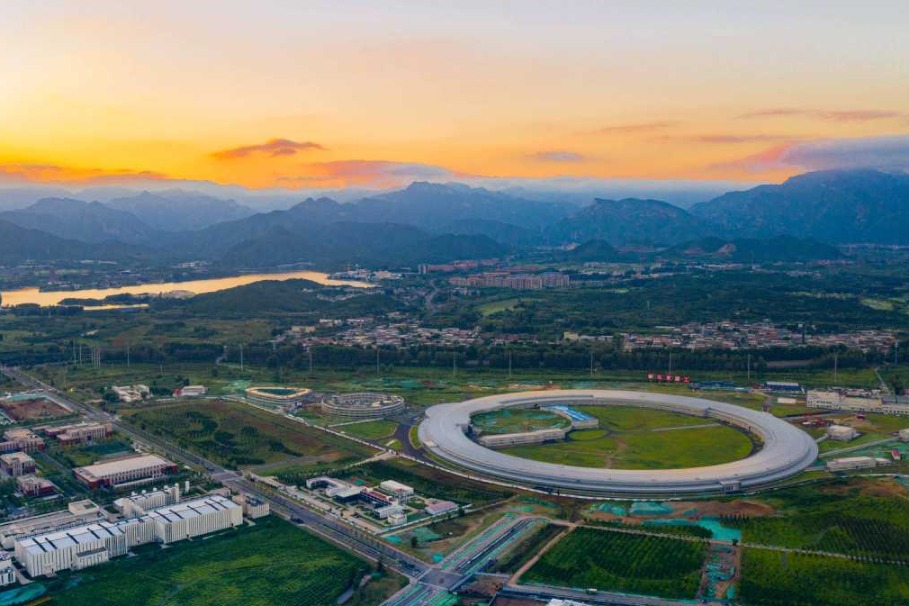Designing a future in fashion


The competition's emphasis on merging fashion with technology led Maruyama to develop an innovative process — digitally scanning traditional Bai tie-dye patterns, transforming them through parametric design, and then 3D-printing the motifs onto silk fabric.
The vibrant palette is achieved using natural dyes extracted from pomegranate rinds, tea leaves and traditional Chinese herbs.
"I want to challenge the stereotype that plant-dyed fabrics are limited to muted colors," she explains.
"With clothing as my chosen medium, I hope to bring intangible cultural heritage into the contemporary lifestyle through fashionable, innovative expressions."
The competition finals featured 29 young designers from countries like China, Japan, France and Italy, showcasing cutting-edge works integrating innovative fabrics, futuristic functionality, sustainable design, and metaverse interaction through AI generation and 3D printing technologies.
Keqiao district, home to over 8,000 textile manufacturers with a complete industrial chain and mature distribution network, has recently been developing its creative fashion sector.
The design competition serves as a platform to spot new design talents.
























